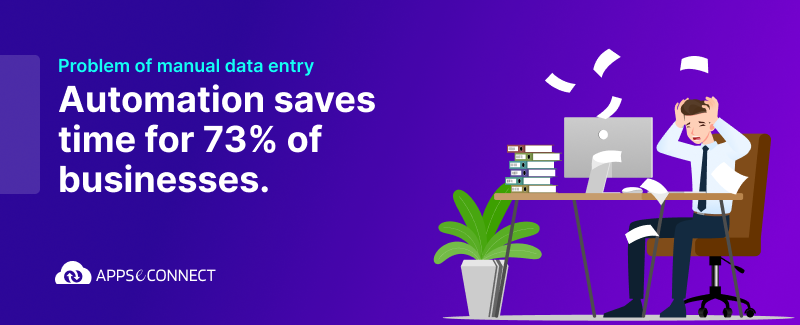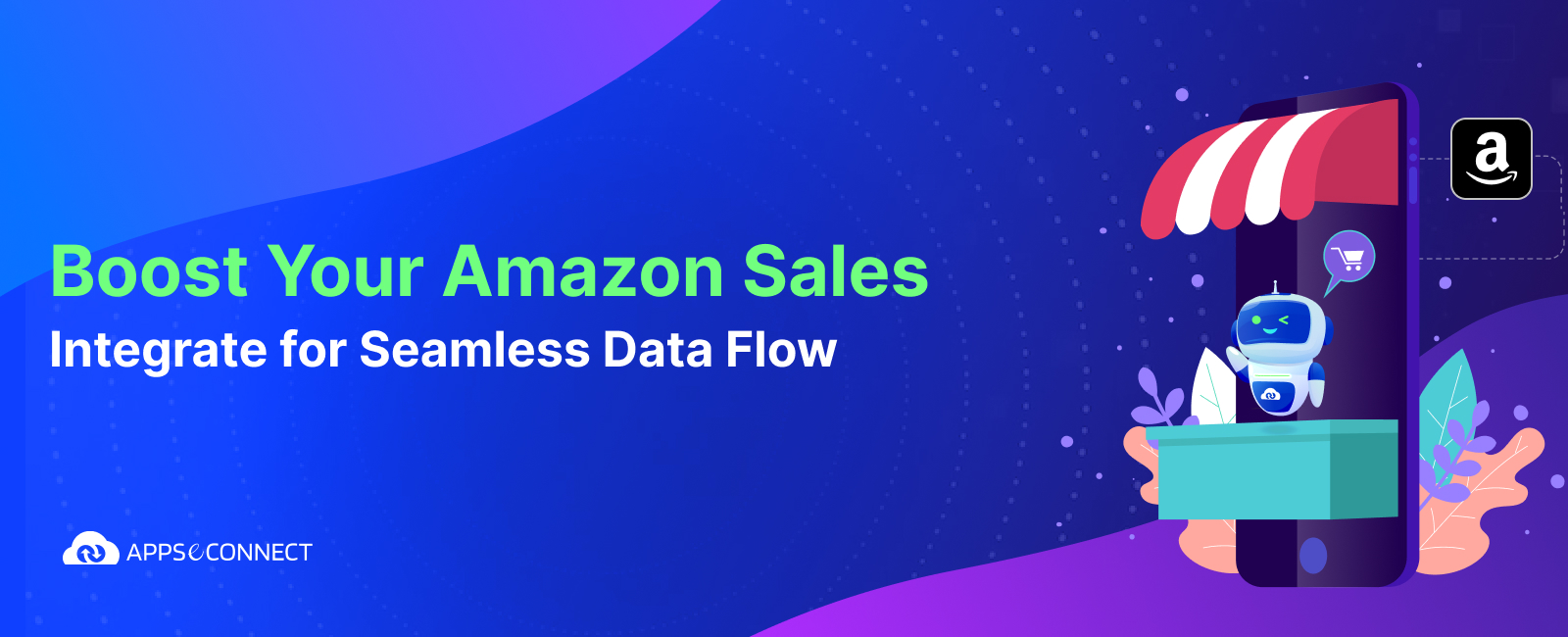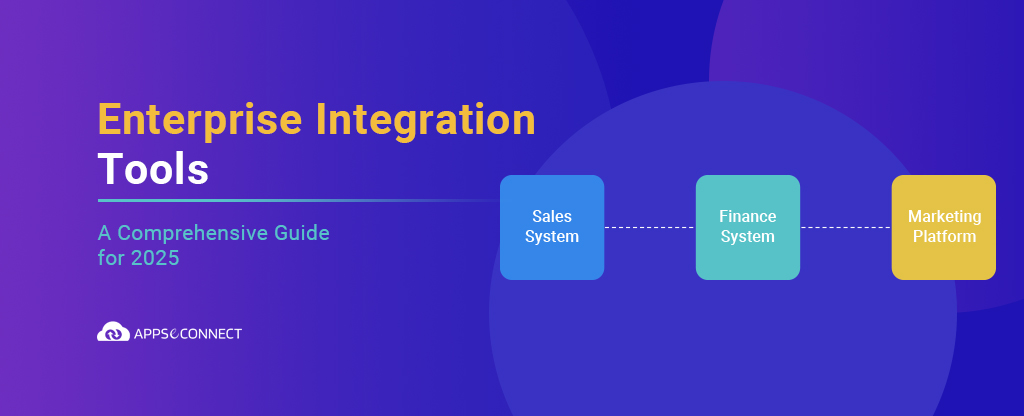SAP ERP Central Component (SAP ERP) is one of the most popular ERP products available in the market today and is sold exclusively by SAP SE to enterprise consumers. Businesses use SAP to manage their operations and to bring various enterprise functions such as HR, finance, accounts, shipping, inventory management, etc on a single platform.
While SAP remains one of the most popular ERP products available today, its implementation is not a cake walk, and there have been many instances of failures. This is mostly because companies have their own methods of conducting business operations and to move suddenly to the SAP solution means all the data and operations need to be holistically moved as well.
The solution to these problems is to adopt an Integration Platform as a Service (iPaaS). This cloud-enabled service helps companies to manage, execute and maintain the flow of data and operations between disparate software applications, over the cloud so that no data is hampered or lost.
Before we dwell on iPaaS, we need to understand why organizations seek the services of SAP vendors who often take up the responsibility of customizing, implementing and executing SAP on behalf of their enterprise clients. While all this looks good on paper, businesses still encounter many problems when it comes to SAP implementation, even with professional help from vendors.
Some of the common problems that companies face with SAP are:
1. There are other applications that run concurrently:
Most businesses have at least a few apps that run along with an ERP. This could be an app that handles employee-related matters, a custom tool for managing electricity consumption, or something as complex as a CMS that handles company website. All these applications need to be integrated with SAP ECC/All-In-One to avoid duplicate entries.
2. Some data cannot be moved:
There are applications which lack APIs to effectively integrate with other applications. Many other applications are so secure, that it does not make sense to move data from them to another application. IT department may in fact advice against such movement of data.
3. Some operations cannot be moved:
There are also certain operations that are incompatible with other applications. For instance, data from a thermo-sensor may not be moved to an ERP, even if that might necessary. A company will need to invest in custom coding in order to make this happen.
4. CMS and CRM capabilities are different:
Almost every company will have a dedicated CMS to run their website. Joomla, WordPress, Drupal, etc are some of the most commonly used content management systems. Similarly, CRM tools which help companies to collect information about customers and manage customer relations need to be integrated with ERP as well. Magento SAP integration and SAP Salesforce integration are often requested by our clients. Not integrating these important applications will render even the most effective ERP incoherent. An enterprise integration platform in the form of iPaaS brings your CMS, CRM and ERP together.
5. Choosing the right platform is difficult:
Often, organizations get confused between hybrid, on-premise and cloud solutions to integrate or move their data. This can prove to be disastrous, especially if they do not understand the ramifications of choosing each model. Proper guidance and consultancy is crucial to the success of implementation and integration.
Now, let us look at how integration platform as a service (iPaaS) solves many of these problems. Data can be integrated between applications, individuals, departments, and even between organizations. iPaaS ensures that companies are not left behind creating duplicate copies of data, or creating a vacuum between applications where data simply does not go through.
It is important to note that when we are talking about data/application integration and business automation we cannot forget to mention APPSeCONNECT – a smart, robust and intelligent business application integration platform. Being an iPaaS, APPSeCONNECT has ardently kept up with SAP integration and will prove to be a very useful integration platform for businesses willing to integrate all their business applications.
iPaaS is critical to SAP Implementation for these reasons:
1. Automates the process of integration:
Delivered via cloud or as a hybrid solution, iPaaS helps companies to automate their integration process and smoothens the creases. SAP integration with two or more applications becomes a breeze with the help of iPaaS solutions. In other words, SAP implementation gets automated too. Hybrid integration service is often pitted against cloud integration platform, but it doesn’t have to be. Hybrid integration service has its own benefits just like a cloud integration platform.
2. Reduces errors and bugs:
iPaaS solutions are developed in such a way that errors and bugs during data transfers are minimized or avoided altogether. This helps to protect crucial data, and maintain the flow, without interfering with business operations during implementation.
3. Reduces time and money expenditure:
Using an iPaaS solution is very important for companies that are about to engage in SAP implementation. Not only does using an iPaaS save time, it also reduces expenditure in the long term by boosting productivity and avoiding unnecessary errors and bugs.
4. Enhances communication between applications:
Applications need to communicate with each other in a manner that is specified by IT specialists. Communication process between apps has to consider security and other challenges. iPaaS solutions take all these factors into account while moving data from one to another, and integrating them with other.
5. Reduces the need for on-premise integration:
On-premise integration requires a lot of infrastructure, and custom development as well. This increases expenditure, and causes unnecessary disruption during the integration and implementation process. iPaaS brings cloud solutions to the client, helping the company to avoid investment in on-premise services, which are often cumbersome.
iPaaS puts your SAP on Steroids
While this might seem like a tall claim, it isn’t. Using iPaaS during SAP implementation ensures that data from your other applications are integrated effectively, and that duplicate copies of data are not created. IT also brings disparate operations on a single interface, and ensures that all this happens on the cloud, reducing the need for investment in infrastructure or technology.
As integration is provided as a cloud service that can be plugged and played, companies only pay for what they use, reducing the expenditure that otherwise might occur with on-premise solutions. As the need for using SAP grows, companies will have to concurrently think about iPaaS in order to make sure that everyday business operations aren’t interrupted, and instead, that they are enhanced.
In other words, if you have an e-store selling shoes, SAP integration with your store CRM or CMS ensures that shoes get sold quickly, and that the backend processes such as warehousing, inventory management, shipping, order management, etc take place efficiently, without any confusion. Magento SAP integration and SAP Salesforce integration are particularly in demand lately. Most importantly, on a cloud integration platform, everything takes place in the cloud, allowing you to focus on your core business activities.
Now, you can easily integrate SAP with your other line of business applications to automate your business process!

You may also like:
SAP NetWeaver PI – Transition From Dual To Single Stack Architecture
How to Define Workflow with SAP
iPaaS – Integration Platform as a Service for Beginners



















